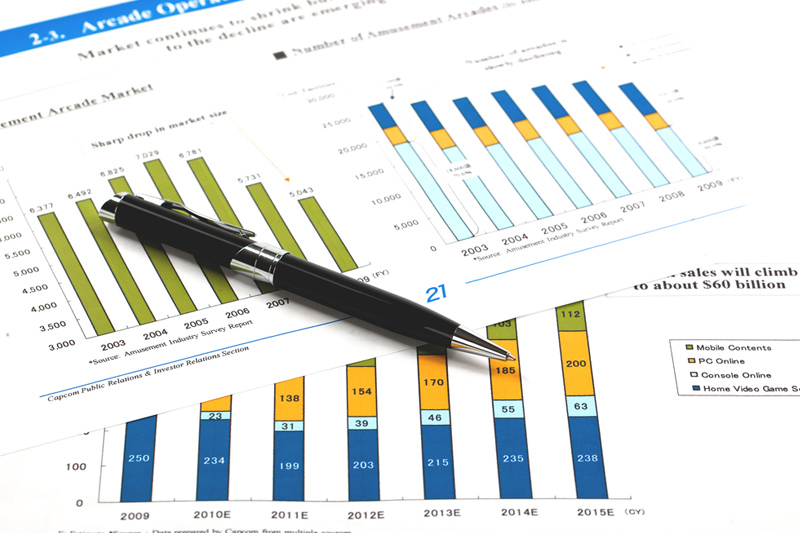By Polina Devitt and Kevin Yao
LONDON/BEIJING (Reuters) – China is still keen on official gold purchases despite a lull in May and June as supplies of the precious metal remain low as the share of reserves and geopolitical tensions persist, a policy insider said, experts from the sector and data. .
Beijing’s gold purchases, which helped spot prices recover in April and May, are no longer seen as immune to price sensitivity, but persistent geopolitical risks are expected to keep the longer-term program to diversify exposure to US dollar-denominated assets active .
China’s gold reserves need to rise in absolute and relative terms because they do not match the status of the world’s second-largest economy and gold’s share of reserves is the lowest among major economies, said a Chinese policy insider involved was involved in internal discussions and declined to be named due to the sensitivity of the matter.
“But we have to look at prices – it is impossible for the central bank to maintain a constant number of purchases every month,” the insider said, adding that geopolitical factors fueled by the war between Russia and Ukraine and the conflict in the Middle East, among others, were the driving forces behind the prices. Chinese demand for gold in recent years.
Officials at the central bank, the People’s Bank of China (PBOC), have never publicly commented on what prompted a resumption of gold buying in November 2022 after a hiatus of more than three years.
Eight months after Western sanctions froze $300 billion in Russian official reserves, about half of Moscow’s total, the PBOC began reporting gold purchases and continued to do so for 18 months, providing a pillar for the global gold price to rise in 2024 would reach record highs.
According to the World Gold Council, the PBOC was the world’s largest buyer of gold in 2023, with China net purchasing 7.23 million ounces in at least 46 years.
But when the country failed to make purchases in May and June this year, spot prices came under pressure, leaving the market guessing about China’s future appetite.
The policy insider attributed the pause in buying to “high prices.” The spot price, which regained ground after a dip in June, reached a record high in trading on Wednesday on improved hopes for a US interest rate cut.
The PBOC and foreign exchange regulator State Administration of Foreign Exchange did not respond to Reuters requests for comment.
China has the largest foreign exchange reserves in the world, worth $3.22 trillion as of June. But gold’s share of total Chinese reserves, including the reserve position and special drawing rights (SDRs) with the International Monetary Fund, is low at a record high of 4.9% compared to the global average of 16%.
Developing and emerging market countries tend to have a much lower share of gold in their reserves than advanced economies, which have smaller currency reserves.
“Given that base and the very large size of forex reserves, we think the PBOC will buy gold at higher volumes in the coming decades,” said Nitesh Shah, commodity strategist at WisdomTree.
Investor demand in China will also remain strong, he said, amid a prolonged real estate crisis and as central bank purchases build confidence in gold as a store of value.
“The official sector purchase is a free advertisement for gold in China,” said Shaokai Fan, global head of central banking at the World Gold Council. “In the sense that if the central bank buys gold, maybe I, as a private investor, will buy some too.”
RUSSIAN PRECEDENT AND SECRECY
Building more reserves in gold is a matter of security, because precious metal can be stored on land – safe from seizure.
Officially, Russia’s gold amounts to 30% of its reserves of $597 billion, but in terms of accessible assets the share is much larger, as half of Russia’s reserves were frozen by Western countries in response to Moscow’s invasion of Ukraine in 2022.
That precedent, in which Russia’s central bank retained access only to investments in yuan-denominated assets and gold, has served as a warning to China, which has an estimated 60% of its reserves in U.S. dollar-denominated assets, according to analysts.
“The PBOC’s main motivation is to be less dependent on the US dollar and – in an extreme case – less susceptible to US sanctions,” said Carsten Menke, analyst at Julius Baer.
He expects that China’s desire to diversify reserves will continue as “geopolitical tensions between China and the United States are unlikely to subside anytime soon, regardless of the outcome of the US presidential election.”
It took China nine years to increase the share of gold in its total reserves from 1.8% in 2015 to 4.9%.
China owns 72.8 million ounces of gold worth about $170 billion. If it were to eventually increase the share of gold in its reserves to even 10% at current levels and prices, the purchases would total another $170 billion.

By comparison, Russia’s central bank stopped actively purchasing the precious metal in 2020 when gold reached 20% of its total reserves. Gold’s share has since grown partly due to its rising price.
The PBOC has sometimes reported past gold purchases long after they occurred, according to the World Gold Council. Key analysts warn that the latest statistics may not give the full picture.


